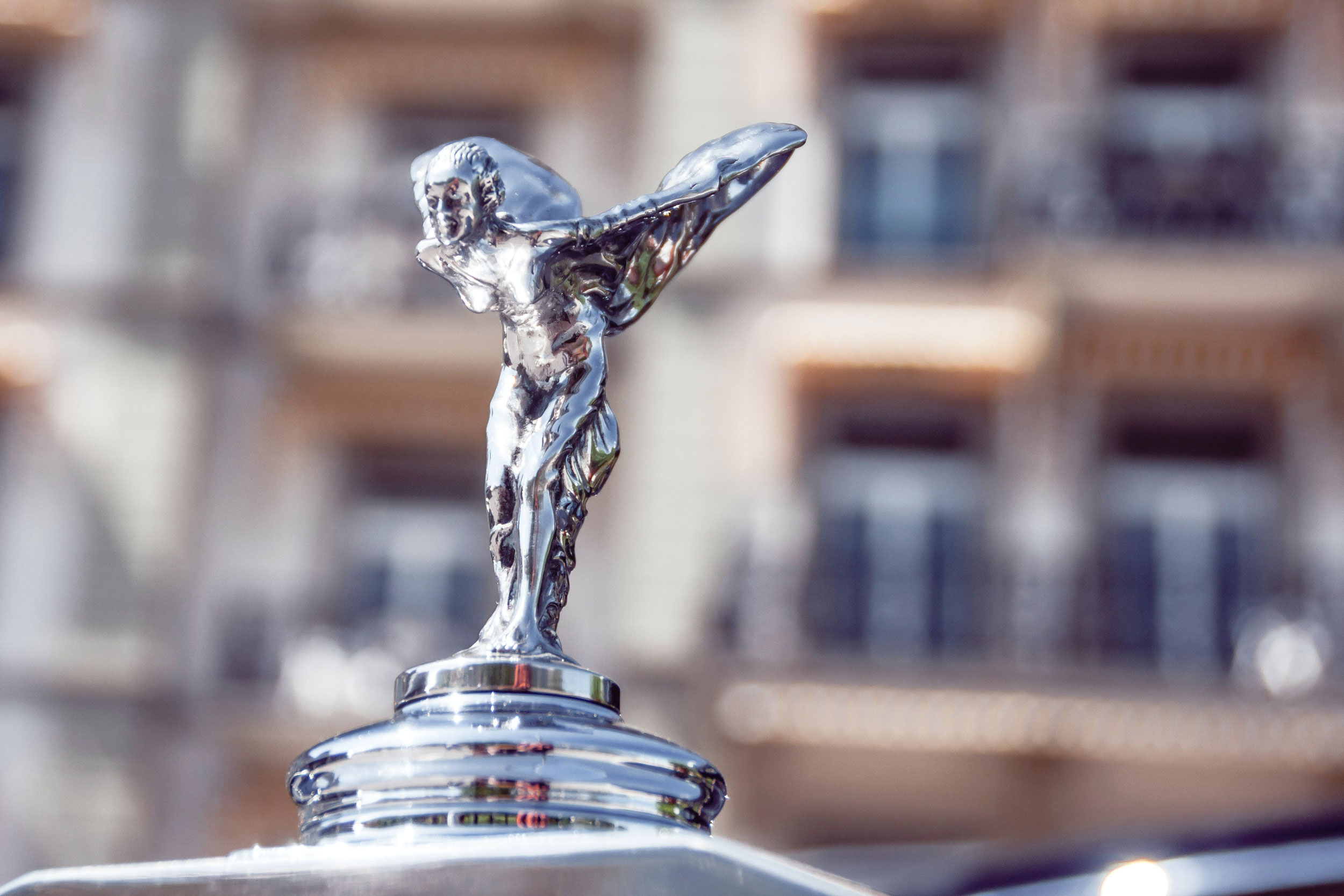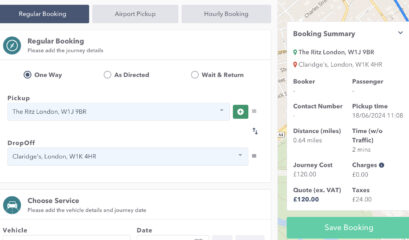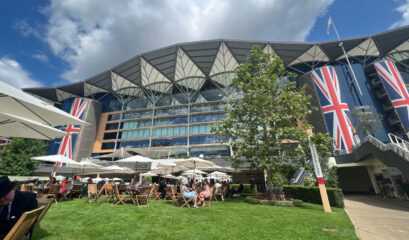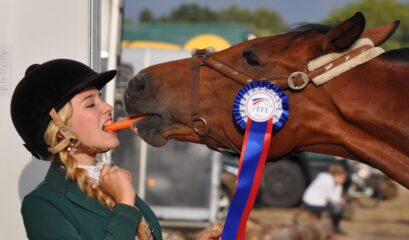When loyalty and personal security are paramount


Sir Winston Churchill's Chauffeurs
It’s October 1940, Adolf Hitler and his Nazi war machine are sweeping across the European continent. The future of the free world hangs in the balance. It’s dark, slippery and wet. You are threading through London’s streets in a bullet proof Humber Pullman. The detective riding shotgun is ordering you to slow down, while brandy infused Winston Churchill is rapping the glass petition behind you urging you to “go like a bat out of hell”. What would you do? Could you handle the pressure?
You could argue that the greatest chauffeurs were those that drove the greatest Briton. During wartime London this honour and responsibility was given to the highly skilled Royal Army Service Corps who drove the government Humbers.
Following Sir Winston’s death on January 24 1965, his chauffeur for over forty years, Mr Frank “Joe” Jenner appeared in the January 29 Evening Standard.
‘Under that bluff manner, there was the greatest kindness and sympathy for people’ said Mr Jenner ‘I like to remember Sir Winston not for the great things he did for the world and all of us during the war; but for his kindliness and thoughtfulness for ordinary people. I remember particularly some years ago when I was driving him to London. He could see that I wasn’t driving as well as usual. ‘Why these mistakes?’ he asked me. I explained to him that my little boy was seriously ill in Edenbridge Hospital. He at once told me to drop him in London and go straight back to the hospital and stay with the boy. ‘Keep me informed and make sure the little chap has anything he wants.’ When I was able to tell him that the crisis was over, he was genuinely pleased to hear the news. That was typical of Sir Winston.’
When Churchill required a chauffeur, Rootes Group loaned him John Bullock, a company driver who became a favoured part of his entourage. Whenever Sir Winston wanted the Humber he would say, “I think I’ll have the Bullock Cart.”
Habitually late, Churchill would typically pile into the Humber around 5:30 for a 7:00 speech a hundred miles distant. As his chauffeur swings into the high road, Churchill crouches, with a flask, on the edge of the back seat and urges him to greater speeds. ‘But the machine is traveling at 85 now,’ the chauffeur will protest. ‘Faster! Whip it up a bit!’ comes the answer.”
Visit Chartwell Sir Winston’s beloved home in Kent.
“Faster! Whip it up a bit!”
Monty's Chauffeurs
Churchill and Montgomery both endorsed their Rolls-Royces but Humbers were their cars of choice. The Humber Pullman was the only car that Churchill felt he could “stretch out in” and was less ostentatious than the Rolls-Royce.
The Humber was also the staff car of choice for Field Marshal Montgomery who dubbed it “Old Faithful” because of its reliability. However three days after D-day his 1939 Rolls-Royce landed on Juno beach, Normandy. The proud owner declared “I’ve brought my Rolls-Royce to prove we’re here to stay!”
Albert Leach, was the sergeant driver assigned to Montgomery after the war and in 2003 was reunited with the car when it went on show at the Deepcut Military museum.
Mr Leach was Monty’s personal driver for nine years, from 1949 to 1958.
He said of Montgomery: “I found him alright to get on with, and I suppose he did with me, otherwise I wouldn’t have lasted that long.”
John Burford of the Royal Army Service Corps served as Monty’s chauffeur from October 1942 until 1945. He accompanied him through the legendary Alamein offensive in North Africa, the invasion of Sicily and the Normandy landings, with the pair becoming firm friends.
Burford received a Military Medal for driving officers on dangerous missions while being fired at by the enemy during the fighting around Mount Etna from August 1 to 6, 1943, during the Allied invasion of Sicily.
His citation in the London Gazette, dated December 23, 1943, read: ‘Driver Burford is a Jeep Driver at Eighth Army Headquarters.
‘During the fighting round Mount Etna between the 1st and 6th August, 1943, he displayed great gallantry and devotion to duty under fire, driving Liaison Officers on dangerous missions.
‘He never once faltered or failed in his duty and his personal courage and example under fire was an example to all.’
King George VI awarded Burford the Military Medal in May 1944.
Despite the huge difference in rank Montgomery and Burford were good friends and it is telling that he was his driver for so long.
Montgomery’s love for his driver was so great that he presented Burford with a framed photo of himself accompanied by a heart-felt hand written dedication:
“To Driver Burford M.M who has marched with me from Alamein, across Africa to Tunisia, over to Sicily, halfway up Italy and from Normandy to the Baltic, and who never failed to do his duty”
Contact us
Feel free to contact us to learn more about our private and secure chauffeur service.







